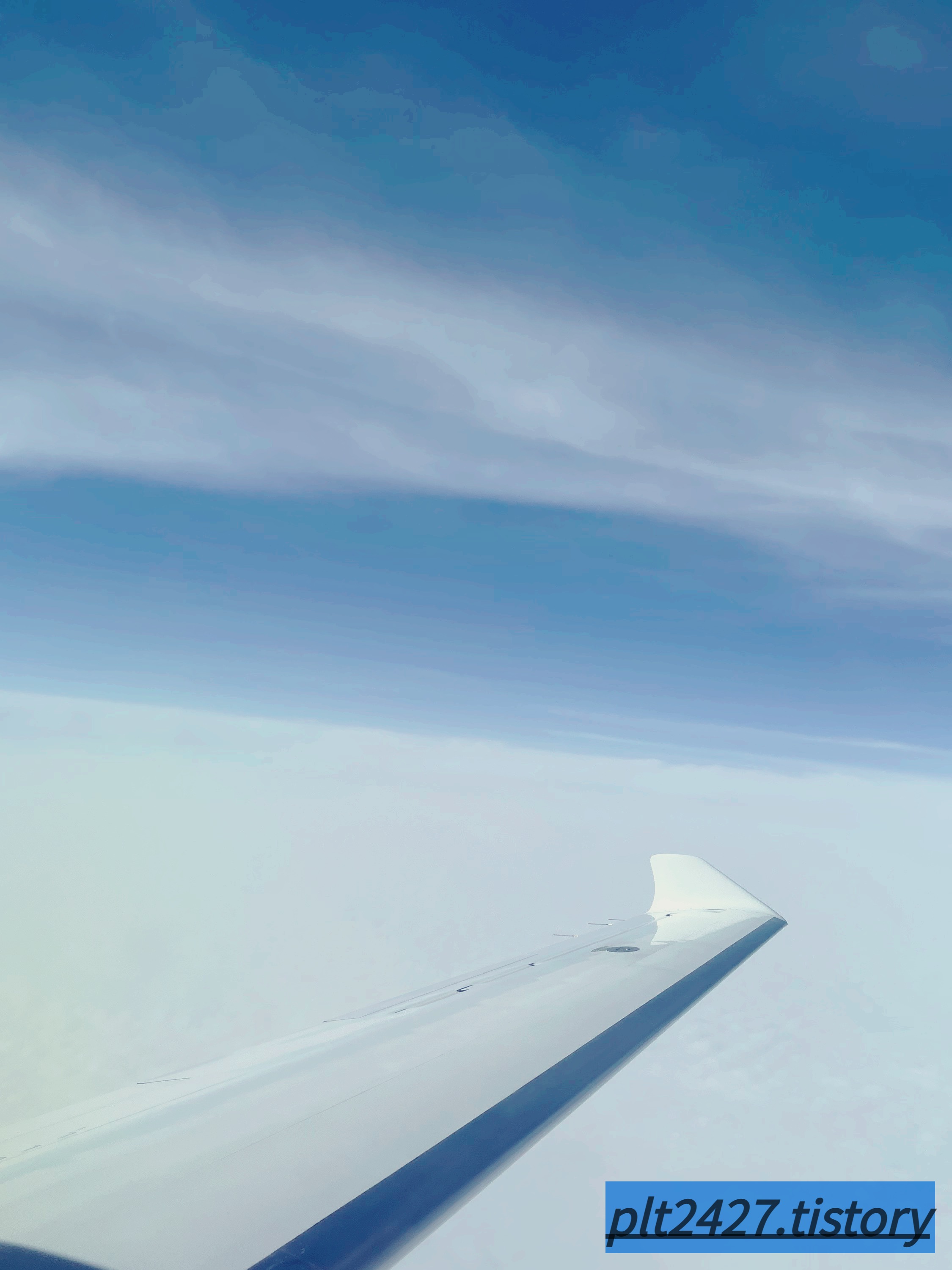| 일 | 월 | 화 | 수 | 목 | 금 | 토 |
|---|---|---|---|---|---|---|
| 1 | 2 | 3 | 4 | 5 | ||
| 6 | 7 | 8 | 9 | 10 | 11 | 12 |
| 13 | 14 | 15 | 16 | 17 | 18 | 19 |
| 20 | 21 | 22 | 23 | 24 | 25 | 26 |
| 27 | 28 | 29 | 30 |
- 항공기상서비스 사용자 안내서
- 에어웨이
- 검댕이
- jeppsen
- 표준교재 기상
- 항공정보 매뉴얼
- 별표15)
- 세화 항공법규
- 검댕스
- jeppesen airway manual
- 저산소증
- airway
- 조종사표준교재 항공기상
- https://www.law.go.kr/법령별표서식/(항공안전법 시행규칙
- 공부
- Jeppesen
- 표준교재
- jeppsen airway manual
- 우엥
- 조종사표준교재
- 20231019
- 공중항법
- Glossary
- [네이버 지식백과] 기압에 대하여 [atmospheric pressure] (기상백과 기상청)
- Manual
- 매뉴얼
- 한국학중앙연구원)
- 잽순
- [네이버 지식백과] 일교차 [日較差] (한국민족문화대백과
- Today
- Total
PLT2427
Graphical Turbulence Guidance (GTG) AC 00-45H Chap 5 본문
5.19.2 Graphical Turbulence Guidance (GTG).
The GTG product suite provides a four-dimensional diagnosis and forecast of Non-Convective turbulence intensity (as indicated by the estimated energy dissipation to the 1/3 power–EDR in units of m2/3 s-1). GTG3 does not specifically predict turbulence associated with Convective clouds, or small-scale local terrain features, but does predict turbulence associated with upper-level clear and mountain wave sources.
Note: GTG3 is the third generation of the GTG product. Whereas the graphic examples in this paragraph state GTG3, this paragraph uses the general name of GTG in the description of the product.
The GTG is created using a combination of derived turbulence indicators from NCEP’s Weather Research and Forecasting (WRF) Rapid Refresh (RAP) NWP model. The GTG product suite, which consists of 0-, 1-, 2- 3-, 6-, 9-, 12-, and 18-hour forecasts, is automatically generated with no human modifications. It should be used in conjunction with the report and forecast information contained in an AIRMET and SIGMET. The GTG is available for the CONUS, much of Canada and Mexico, and their respective coastal waters.
5.19.2.Issuance.
The GTG product suite is issued and updated every hour by the AWC and is available through http://www.aviationweather.gov.
5.19.2.2 Content.
The GTG product (see Figure 5-75, GTG—Max Intensity Example CAT+MWT All Levels) can be viewed at single altitudes and FLs or as a composite of all altitudes from 10,000 ft MSL to FL450, which is referred to as a maximum or max (see Figure 5-76, CAT+MWT Low Levels Example (GA Users)). Single altitudes are referenced to MSL from 10,000 to 17,000 ft and FLs above 17,000 ft. The AWC’s Web site allows for access to every other altitude (11,000 FT, 13,000 FT, 15,000 FT, etc.). However, vertical cross sections and presentation of all altitudes can be viewed using the Flight Path Tool (see paragraph 6.2) on http://www.aviationweather.gov. Gridded versions of these products are also delivered for users who wish to integrate GTG with flight planning systems or to view the output in their own graphical display systems.
'공부' 카테고리의 다른 글
| APPENDIX A. DEFINITION OF COMMON TERMS USED IN EN ROUTE FORECASTS AND ADVISORIES (0) | 2024.06.01 |
|---|---|
| Public Severe Thunderstorm Watch Notification Message. AC 00-45H Chap 5 (0) | 2024.06.01 |
| Convective outlook(AC) AC 00-45H chap 5 (0) | 2024.06.01 |
| FAA AIM 8-1-2 고도의 영향 (0) | 2024.05.29 |
| 대체 공항으로 적합하지 않은 곳은? (0) | 2024.05.28 |


